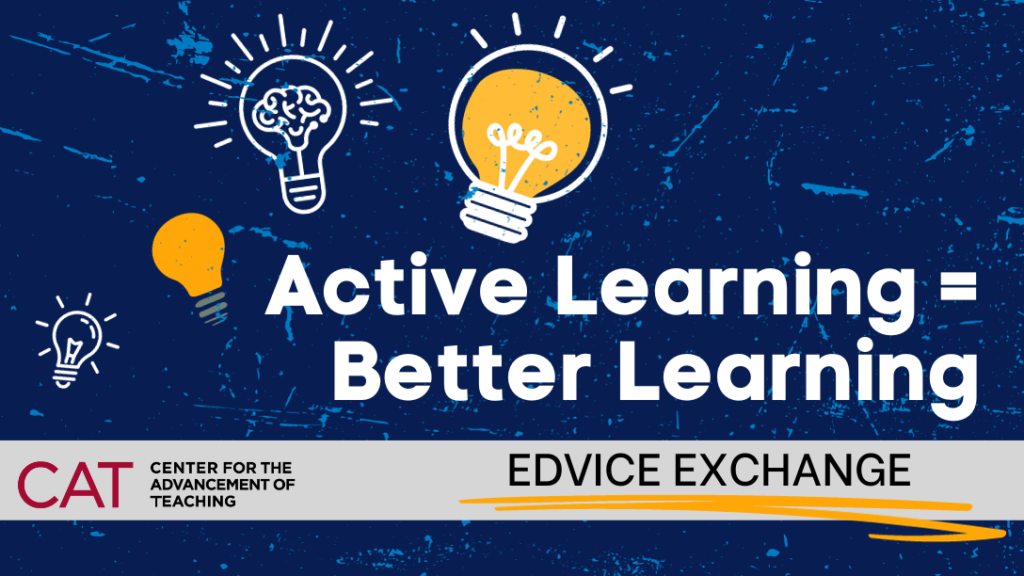Stephanie Laggini Fiore

If I had a quarter for every time someone says something to me like “I had 4 years of French in high school and I don’t remember a word of it”, I could pay for a trip to Hawaii right now. As a world language instructor, I hate hearing that. I want everyone who studies language to feel as if they can travel and be able to communicate in the target language in everyday situations. But, of course, the way language was taught when I was younger was not effective in making this ultimate goal a reality. Plug-and-chug homework exercises, rote drills, and mandates to memorize long lists of vocabulary and verb tenses were the dominant modes of teaching. As anyone who has memorized loads of content for an exam and then promptly forgotten it can attest to, mastery and retention of information and the ability to apply it in varied situations is not served well by these methods.
What we know from decades of research on learning is that students learn best through active learning. (If you love lectures, don’t stop reading!! I’ll get to you in a minute.) Active learning engages students in the work of learning. It asks them to do more than just absorb information by listening to the experts tell them what to think. Instead, they participate in a wide variety of activities that ask them to cognitively engage with the course content by assessing their own knowledge of a topic, collaborating with others to solve problems, discussing key points, analyzing and evaluating information, and more. In active learning environments, students are moved beyond the remembering level of Bloom’s Taxonomy of the Cognitive Domain to higher order levels of thinking that lead to deep learning.
In 2014, Scott Freeman et al. published a meta-analysis of 225 studies on active learning (Freeman et al., 2014), in which they found that average grades on exams in active learning classes increased by half a letter grade, and that failure rates were 55% lower in active learning classes rather than in classes that utilized traditional lecturing (Again, hold on lecturers. I’m getting to you!) Freeman’s comment in an interview in Wired is telling: “The impact of these data should be like the Surgeon General’s report on ‘Smoking and Health’ in 1964–they should put to rest any debate about whether active learning is more effective than lecturing” (Wired, May 12, 2014). Since that time, research continues to add evidence to point us to the benefits of “hands-on” and “minds-on” learning (Yannier et al., 2021) and the increased benefits of active learning environments for underrepresented students (Eddy & Hogan, 2017), while a recent literature review adds that active learning environments also benefit students’ well-being (Ribeiro-Silva et al., 2022).
But what about lectures, you say? (See, I told you I’d get to you!) Students aren’t experts, so they would learn better from an expert, right? There is a place for lectures done well. The false dichotomy that embracing active learning means throwing lectures out entirely is unhelpful. As Stephen Brookfield reminds us, lectures are useful for explaining complex concepts with clarifying examples, introducing alternative perspectives, and modeling intellectual attitudes and behaviors. But a traditional lecture—that is, all-lecture-all-the- time—showcases what you know as the expert, but does not work well to bring novice learners along for the intellectual ride. When the dominant voice you hear in the room is your own, it’s time to stop and take stock of the teaching methods you are using. The best lecturers pause to ask questions, use demonstrations and media to support the point they are making, give students time for reflection—in short, they use active learning techniques embedded in their lectures to help students learn.
Today, in world language classes, students begin using the language from day one. They still need to memorize information, but it is in service to the actual use of the language. They make plenty of mistakes, but I remind them that struggle is part of learning and that they will come to a point where they are feeling less struggle and more triumph in their learning journey. It’s also scary. Instead of reading from pre-written scripts, they are creating language on the spot without a safety net. That mirrors authentic use of the language and helps them navigate real situations when they are faced with them. A supportive atmosphere that encourages experimentation and active effort in using the language, de-emphasizes perfection, and supports resilience in learning is what it’s all about. The best part is that we all enjoy learning so much more.
You and your students can too! There is a continuum of active learning strategies available to instructors, starting from simple and informal think-pair-share activities and brief polling questions that take a few minutes, all the way to semester-long and highly structured team-based learning activities that require intentional preparation. You can dip your toe in, starting out small with just a few strategies, or dive into active learning wholeheartedly. In this blog series, we will guide you through your choices, explore how to employ active learning in online and large class environments, and also consider how to set up active learning for success. We hope you’ll join us and try some active learning strategies on for size.
Stephanie Fiore, PhD, is Associate Vice Provost and Senior Director of Temple’s Center for the Advancement of Teaching.
Great post that highlights the value of active learning while also discussing the value of direct instruction.
Whereas Scott Freeman compared lectures to smoking (which is bad for you even in small doses and has no redeeming qualities), I would compare lecturing to red wine or chocolate…good for you in moderation, but just don’t overdo it!